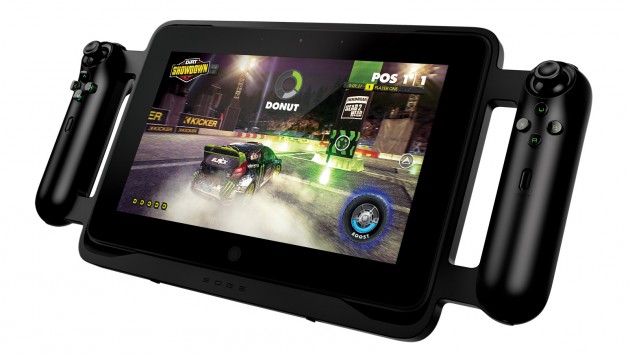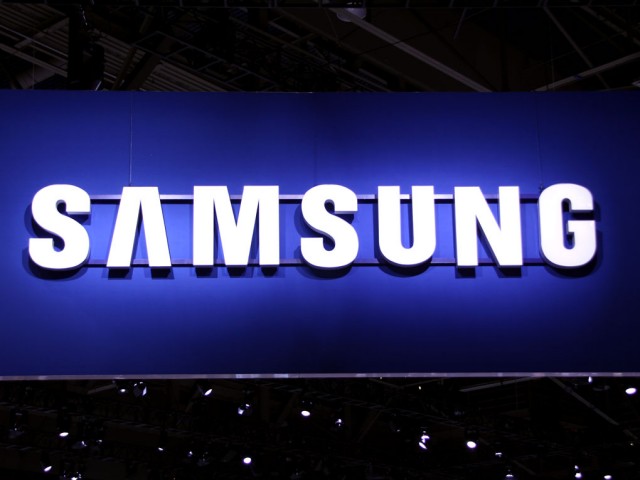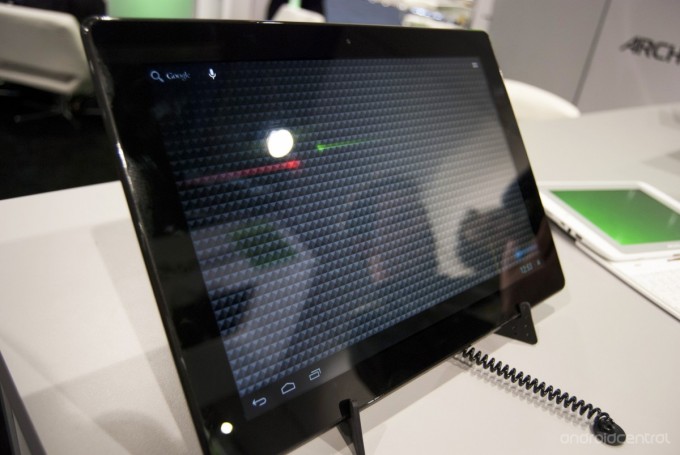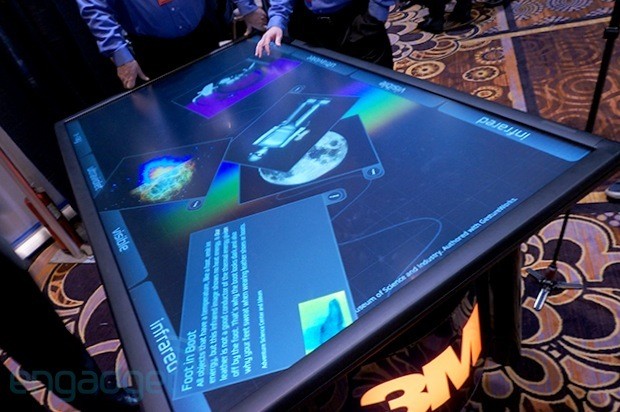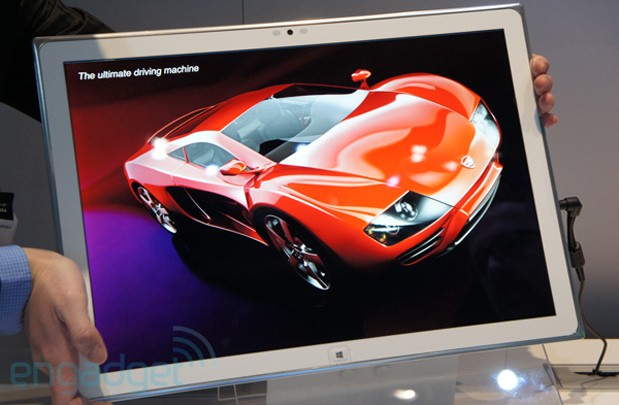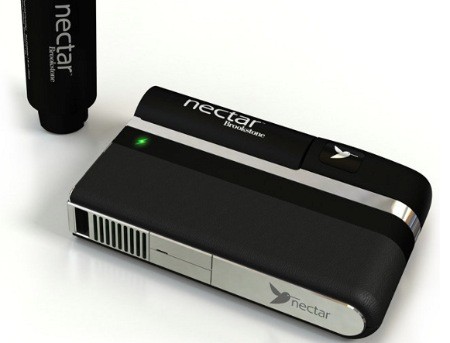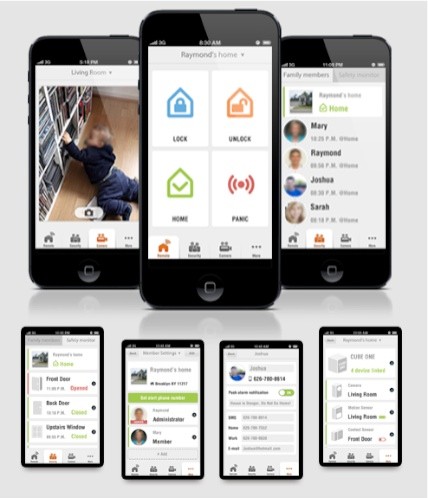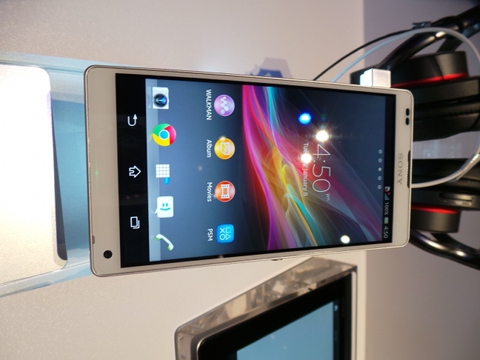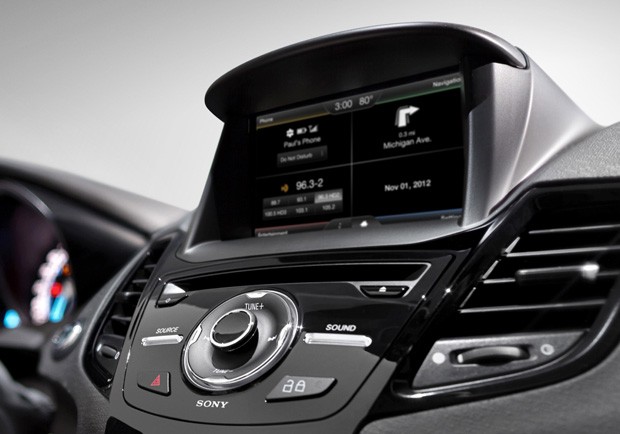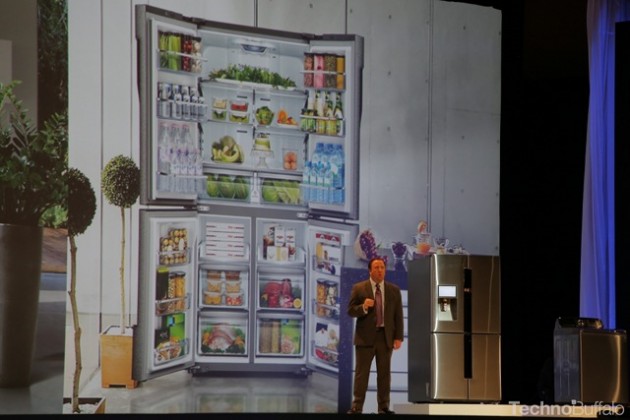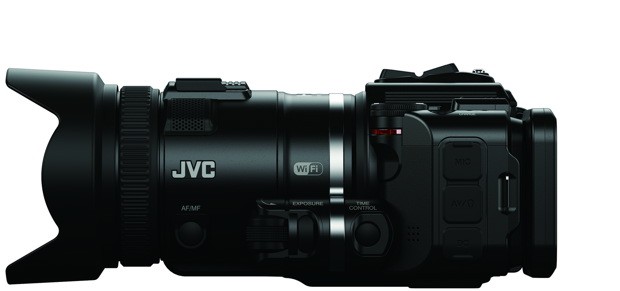 When it comes to launching a groundbreaking flagship video camera at CES, JVC's got previous experience. The company has outed the Procision GC-PX100, a 1,920 x 1,080 camcorder that shoots at 36Mbps, a bit-rate that the company claims makes it perfect for slow-motion and special effects work. Light will be pouring forth into a F/1.2 lens, a 1/2.3-inch 12.8-megapixel backside illuminated CMOS censor with optical image stabilization. JVC is claiming that it's capable of cranking out 600 frames per second and shoot still images in bursts of nine frames a second -- although not at the same time. When you're done, you can push the footage straight to your smartphone or tablet over WiFi and the company is also offering a mobile app that'll let sports coaches analyze their players movement in staggering detail. It'll be available in March, but you'd better all of that athletic scrutiny is worth it, as it'll set you back $1,000.
When it comes to launching a groundbreaking flagship video camera at CES, JVC's got previous experience. The company has outed the Procision GC-PX100, a 1,920 x 1,080 camcorder that shoots at 36Mbps, a bit-rate that the company claims makes it perfect for slow-motion and special effects work. Light will be pouring forth into a F/1.2 lens, a 1/2.3-inch 12.8-megapixel backside illuminated CMOS censor with optical image stabilization. JVC is claiming that it's capable of cranking out 600 frames per second and shoot still images in bursts of nine frames a second -- although not at the same time. When you're done, you can push the footage straight to your smartphone or tablet over WiFi and the company is also offering a mobile app that'll let sports coaches analyze their players movement in staggering detail. It'll be available in March, but you'd better all of that athletic scrutiny is worth it, as it'll set you back $1,000.
At the same time, the company's outing a game of Everio camcorders, with the entry-level GX-E100 setting you back $230 for the most basic model the company can offer. At the other end of the range, the $500 GZ-VX815 offers a f/1.2 lens, a 12.8-megapixel sensor and WiFi when it goes on sale in March.
[Source: Engadget]

